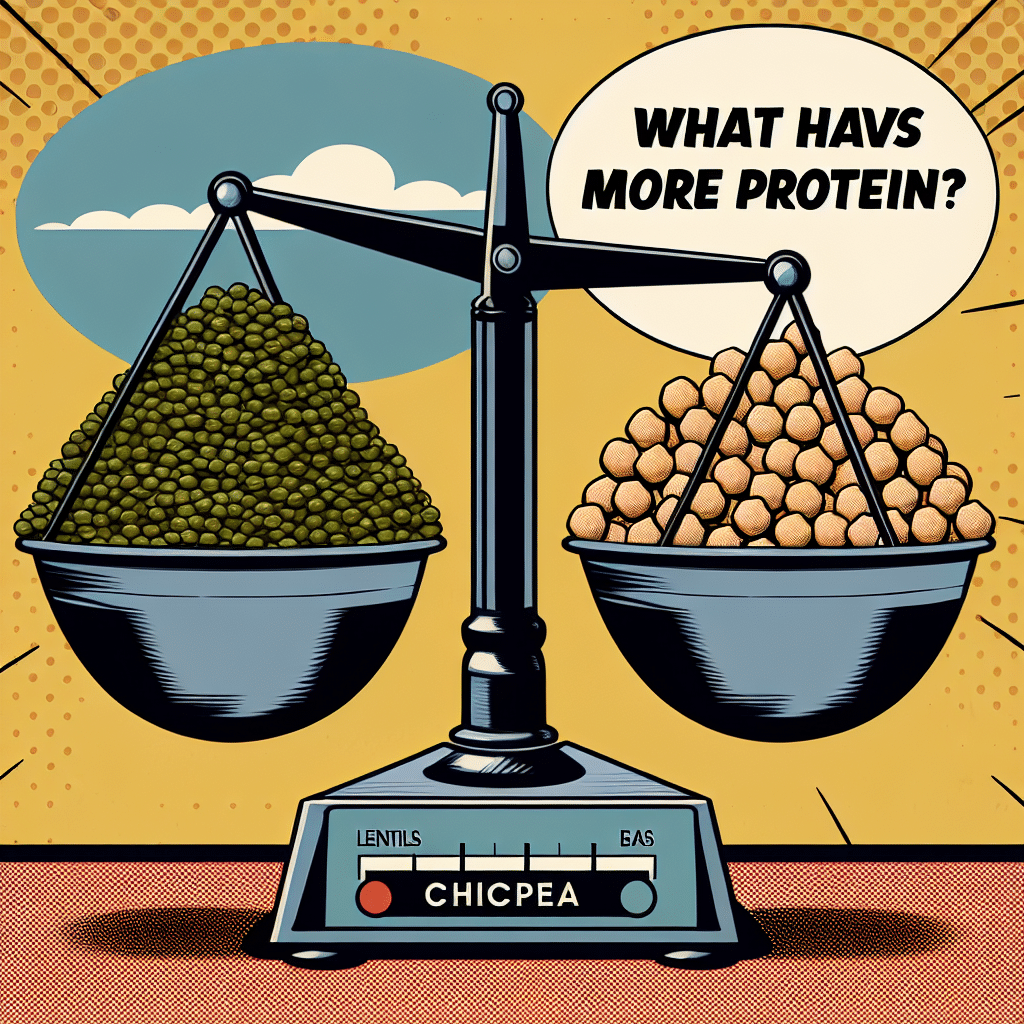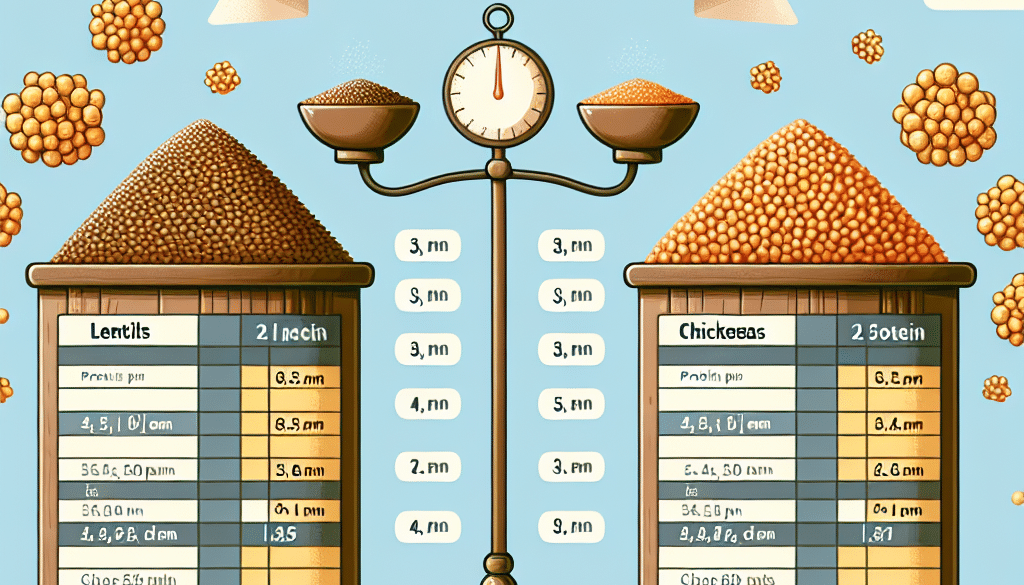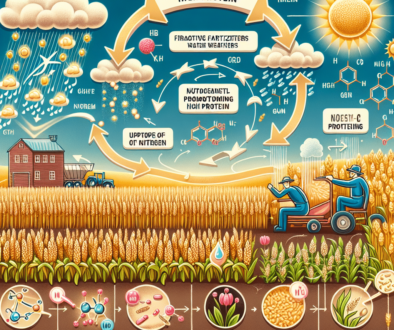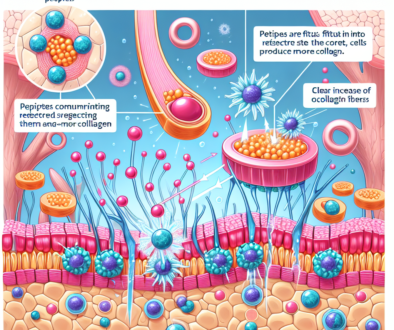What Has More Protein Lentils Or Chickpeas?
-
Table of Contents
- Protein Showdown: Lentils vs. Chickpeas
- Nutritional Overview of Lentils and Chickpeas
- Protein Content: Lentils vs. Chickpeas
- Other Health Benefits
- Fiber Content
- Vitamins and Minerals
- Health Impact
- Environmental and Economic Considerations
- How to Incorporate Lentils and Chickpeas into Your Diet
- Conclusion: A Balanced Approach to Protein
- Discover ETprotein’s High-Quality Protein Products
Protein Showdown: Lentils vs. Chickpeas

When it comes to plant-based proteins, lentils and chickpeas are two of the most popular and nutritious options available. They are staples in many diets around the world, especially for those who follow vegetarian or vegan lifestyles. But which of these legumes packs a higher protein punch? This article delves into the nutritional profiles of lentils and chickpeas, comparing their protein content and discussing other health benefits they offer.
Nutritional Overview of Lentils and Chickpeas
Lentils and chickpeas are both members of the legume family and are highly regarded for their nutrient density. They are rich in protein, fiber, vitamins, and minerals, making them an excellent addition to any diet. Before we compare their protein content, let’s take a quick look at their general nutritional values.
- Lentils: Lentils are small, lens-shaped legumes that come in various colors, including brown, green, red, and black. They are known for their quick cooking time and versatility in recipes.
- Chickpeas: Also known as garbanzo beans, chickpeas are larger and rounder than lentils. They have a nuttier taste and are commonly used in Middle Eastern and Indian cuisines, most famously in hummus and chana masala.
Protein Content: Lentils vs. Chickpeas
Protein is a crucial macronutrient necessary for building and repairing tissues, making enzymes and hormones, and supporting overall health. Both lentils and chickpeas are excellent sources of plant-based protein, but which one comes out on top?
- Lentils: On average, one cup of cooked lentils contains about 18 grams of protein.
- Chickpeas: A similar serving of cooked chickpeas has around 15 grams of protein.
While both are high in protein, lentils slightly edge out chickpeas in this category. However, the difference is not significant enough to declare a clear winner based on protein content alone. It’s also important to consider the quality of protein, which refers to the balance of essential amino acids. Both lentils and chickpeas contain a range of amino acids, making them excellent choices for those looking to increase their protein intake through plant-based sources.
Other Health Benefits
Beyond protein, lentils and chickpeas offer a plethora of other health benefits that make them valuable components of a balanced diet.
Fiber Content
Both lentils and chickpeas are high in dietary fiber, which is beneficial for digestive health, blood sugar regulation, and cholesterol management. Lentils have a slight edge in fiber content, providing about 16 grams per cup compared to chickpeas’ 13 grams.
Vitamins and Minerals
Lentils and chickpeas are rich in essential vitamins and minerals such as folate, iron, potassium, magnesium, and zinc. They also contain B vitamins, which are important for energy metabolism and nervous system health.
Health Impact
Regular consumption of lentils and chickpeas has been associated with various health benefits, including a reduced risk of heart disease, diabetes, and certain types of cancer. Their high nutrient density also makes them helpful for weight management and overall wellness.
Environmental and Economic Considerations
From an environmental standpoint, both lentils and chickpeas are sustainable choices. They have a low carbon footprint compared to animal-based proteins and require less water to grow. Economically, they are affordable and accessible to many people, making them an excellent protein source for those on a budget.
How to Incorporate Lentils and Chickpeas into Your Diet
Both lentils and chickpeas are incredibly versatile and can be used in a variety of dishes. Here are some ideas for incorporating them into your meals:
- Use lentils as a base for soups, stews, and salads.
- Make hummus or falafel with chickpeas for a protein-rich snack or meal.
- Add lentils to pasta sauces or rice dishes for an extra protein boost.
- Roast chickpeas with spices for a crunchy, savory treat.
Conclusion: A Balanced Approach to Protein
In the debate between lentils and chickpeas, it’s clear that both legumes are excellent sources of protein and other vital nutrients. While lentils contain slightly more protein per serving, the difference is minimal, and both can play a significant role in a healthy, balanced diet. Rather than choosing one over the other, incorporating a variety of protein sources, including both lentils and chickpeas, is the best way to ensure you’re getting a wide range of nutrients.
Discover ETprotein’s High-Quality Protein Products
If you’re looking to supplement your diet with additional protein sources, consider exploring ETprotein’s range of organic bulk vegan proteins. Their products, including organic rice protein, pea protein, and various seed proteins, are characterized by a neutral taste, non-GMO, and allergen-free attributes. With L-(+)-Ergothioneine purity over 98%, ETprotein caters to diverse industries and dietary needs.
Whether you’re a food manufacturer, a health enthusiast, or simply looking to increase your protein intake, ETprotein offers high-quality solutions to meet your requirements. For more information or to sample their products, please contact them at sales(at)ETprotein.com today.
About ETprotein:
ETprotein, a reputable protein and L-(+)-Ergothioneine (EGT) Chinese factory manufacturer and supplier, is renowned for producing, stocking, exporting, and delivering the highest quality organic bulk vegan proteins and L-(+)-Ergothioneine. They include Organic rice protein, clear rice protein, pea protein, clear pea protein, watermelon seed protein, pumpkin seed protein, sunflower seed protein, mung bean protein, peanut protein, and L-(+)-Ergothioneine EGT Pharmaceutical grade, L-(+)-Ergothioneine EGT food grade, L-(+)-Ergothioneine EGT cosmetic grade, L-(+)-Ergothioneine EGT reference grade and L-(+)-Ergothioneine EGT standard. Their offerings, characterized by a neutral taste, non-GMO, allergen-free attributes, with L-(+)-Ergothioneine purity over 98%, 99%, cater to a diverse range of industries. They serve nutraceutical, pharmaceutical, cosmeceutical, veterinary, as well as food and beverage finished product distributors, traders, and manufacturers across Europe, USA, Canada, Australia, Thailand, Japan, Korea, Brazil, and Chile, among others.
ETprotein specialization includes exporting and delivering tailor-made protein powder and finished nutritional supplements. Their extensive product range covers sectors like Food and Beverage, Sports Nutrition, Weight Management, Dietary Supplements, Health and Wellness Products, and Infant Formula, ensuring comprehensive solutions to meet all your protein needs.
As a trusted company by leading global food and beverage brands and Fortune 500 companies, ETprotein reinforces China’s reputation in the global arena. For more information or to sample their products, please contact them and email sales(at)ETprotein.com today.












